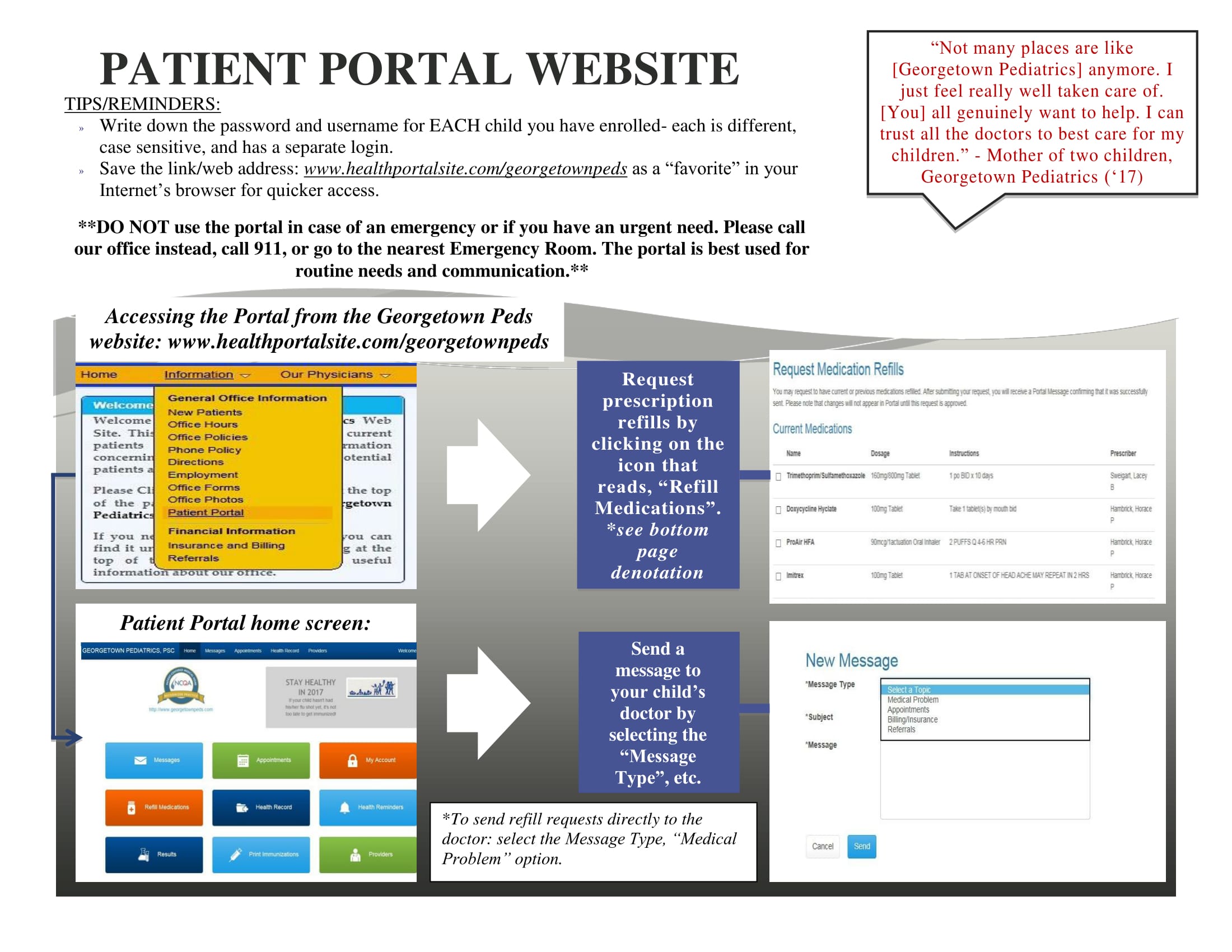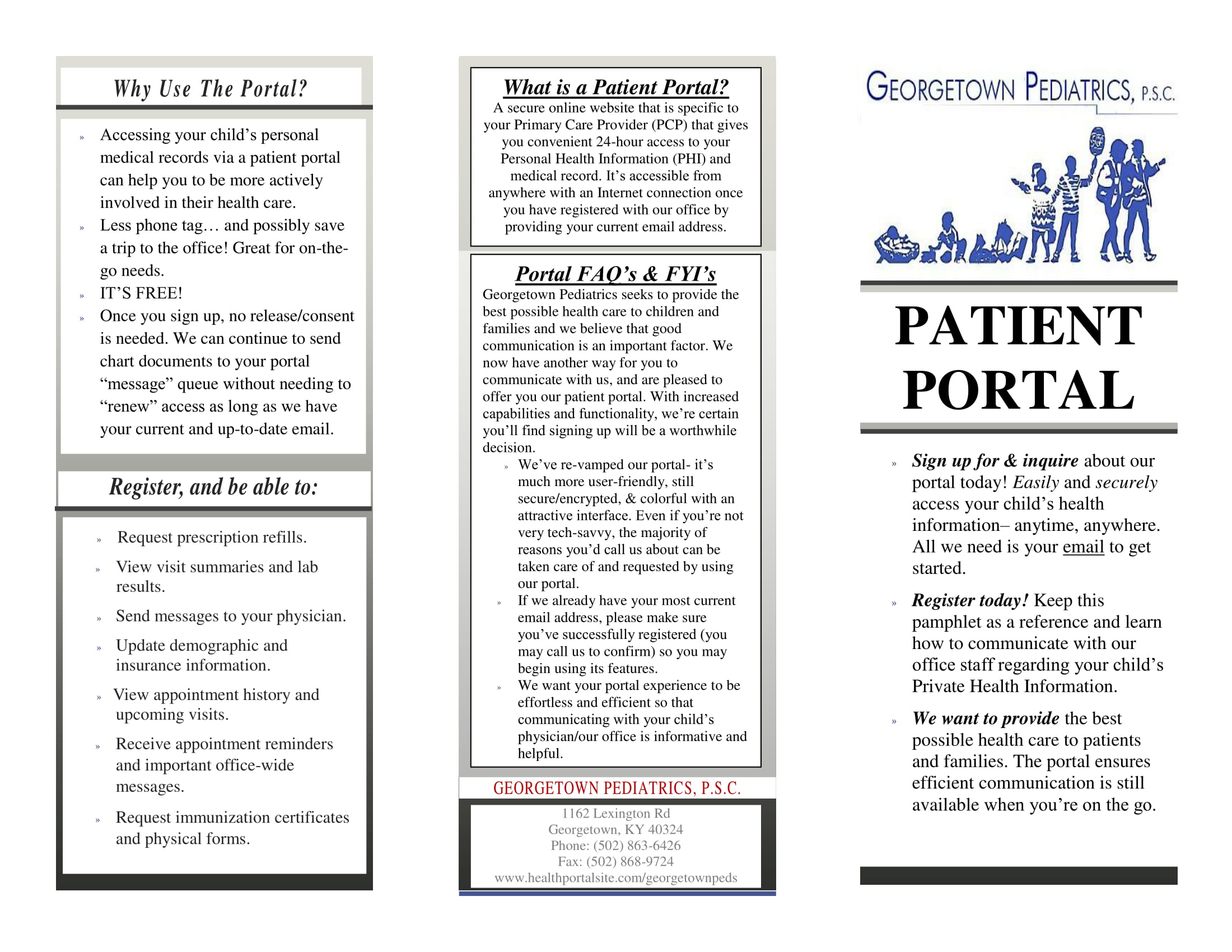A year ago, no one could have guessed that a back-to-school list would include face masks, but that’s definitely where we are in 2020.
The school year is starting soon, with some huge changes. Many people are more than a little anxious about what the classroom will be like, and how students and their families, faculty, and staff will be able to navigate this new landscape of social distancing, extra hygiene, and mask-wearing.
A recent article from the American Academy of Pediatrics discusses the whys and hows of wearing masks.
Here are some guidelines.
- Follow school rules. You always teach your child to respect the teachers and staff, and to obey school rules. Rules about mask wearing are no different. You may not agree with every rule, but it’s important that you support mask wearing if the school requires it.
- Make sure the mask fits well. One that is too tight, too loose, or doesn’t cover both nose and mouth is not very effective.
- Practice wearing at home. The whole family can wear masks for an hour, making everyone more comfortable with the sensation. Wear when you go into a store, and keep masks by the door so you don’t forget to take them when you go out.
- Use age-appropriate talking points like, “Masks help us keep our germs to ourselves.” For teens, remind them that they are part of the solution for keeping themselves, their friends, and their families safe—they are being good citizens.
- Avoid creating fear and anxiety. For young kids, here’s a great song video with Sesame Street characters about how we care for each other by wearing masks, washing hands, and keeping social distance.
- Make mask-wearing fun. For younger children, put masks on their favorite stuffed animals. Give the child a gift of a mask you know they’ll enjoy.
- Consider your budget and provide your child or teen with masks they’ll love showing off at school. Even though spending $10 or $15 for a mask sounds like a lot of money, think of it as an article of clothing. A purchase of two masks allows you to rotate them through the laundry each day. Buy masks that are washable, reusable, and that demonstrate individualism. From Amazon to Old Navy, there are masks that show support for your favorite team, are in a special color or design, or make you into a super hero. Your child or teen doesn’t like masks? Consider a neck gaiter instead; they also come in a variety of designs.
- Find more ideas here from Norton Hospital in Louisville.
It takes all of us working together to keep our children, teens, and adults as safe as possible until a vaccine is widely available. We know you care about your family and your community, and we’re here to help you navigate this uncharted territory together. Call us if you have questions.


